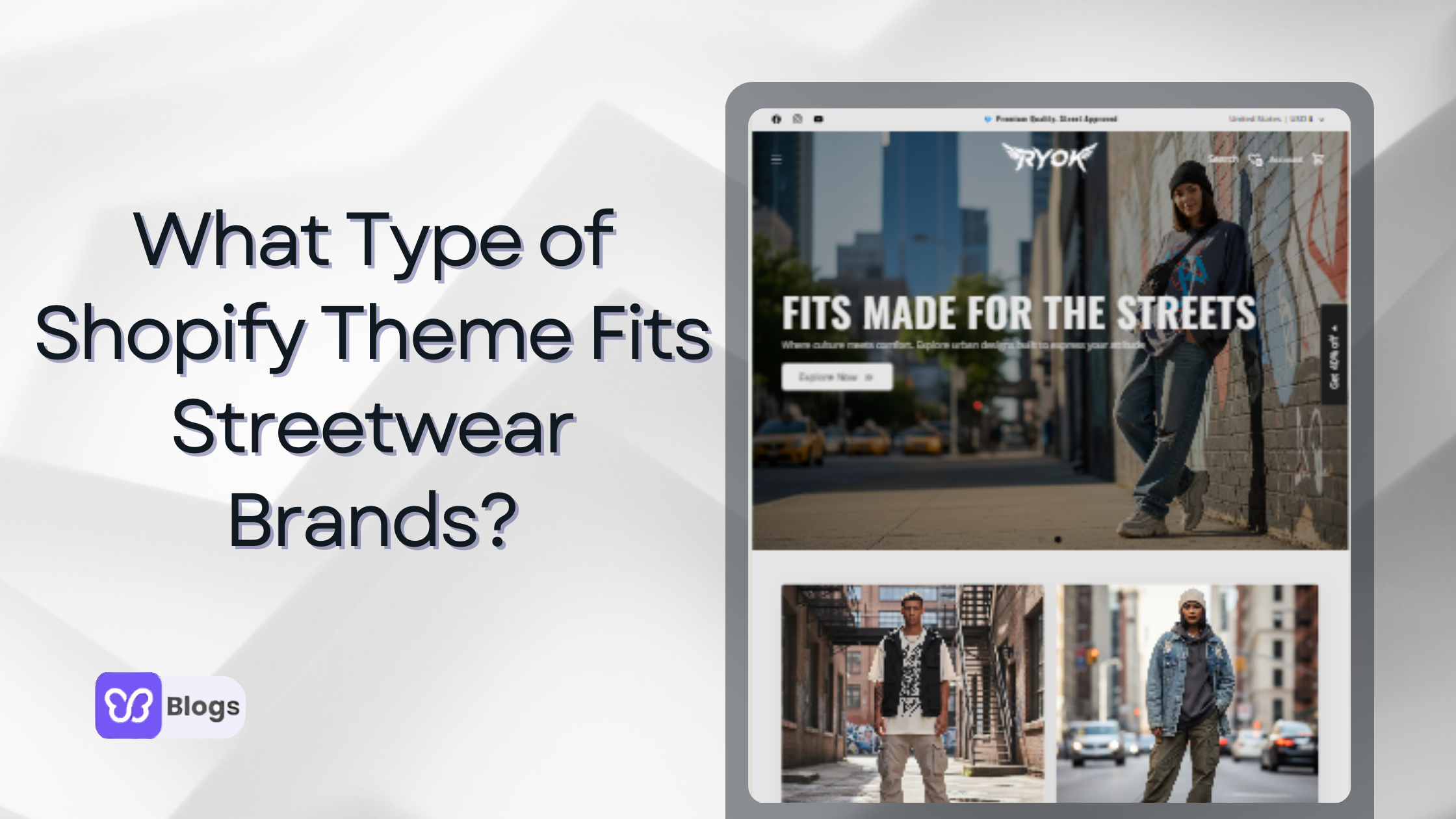A successful landing page design should have a clear visual hierarchy that effectively guides users through its content. Using colors strategically allows you to create contrast between different elements on your page and draw users' attention to key information or calls-to-action (CTAs).
For example, using bold colors for headlines or buttons can make them stand out from other elements on the page while maintaining consistency with your brand's identity.
Influencing Emotions and Perceptions
Different colors evoke various emotions and associations among people due to cultural backgrounds or personal experiences. Therefore, picking the right hues for your landing page can help create an emotional bond with your intended demographic by expressing particular sentiments such as trustworthiness (blue), enthusiasm (red), or imagination (purple).
Achieving Consistency with Brand Identity
Maintaining consistency between your brand's identity and the colors used on your landing page helps create a cohesive user experience across different marketing channels. Using colors associated with your brand can reinforce brand recognition and establish trust among potential customers.
In summary, understanding the importance of color in a landing page design allows you to create visually appealing pages that effectively engage users while guiding them toward desired actions such as signing up for newsletters or making purchases. Utilizing strategic use of colors contributes significantly to improved user engagement, conversion rates, and overall success of online marketing campaigns.
The significance of hue in a touchdown page is paramount, as it can immensely affect user involvement and transformation. Investigating the potency of color, let's look into how colors shape human mental states.







